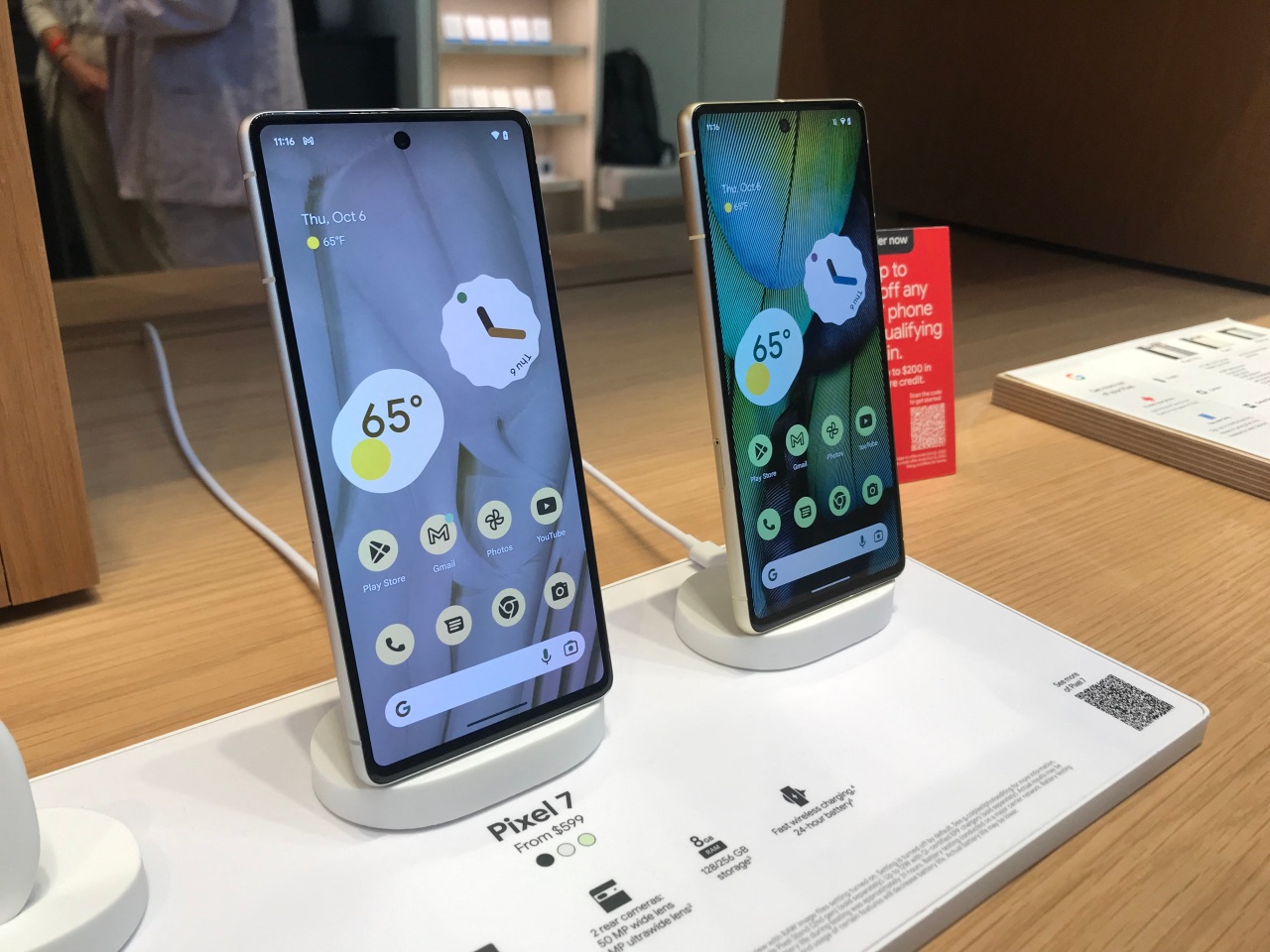‘It’s a $20 solution to a $500 problem’ – this viral hack will turn your basic stick vacuum into a high-tech dupe
When Dyson launched its latest range of cordless vacuums, the internet practically lost its mind at the new Detect feature. If you haven’t seen it, Detect is basically an integrated laser in the head of the vacuum, precisely angled in a way that reveals every last particle of dust and hair on your floor. It’s a genius way to make sure you’re giving your home a deep clean when you vacuum.
It’s a feature we expect to see on all the best cordless vacuums going forward, but for Dyson’s offering, it’s only available on the V15 Detect and V12 Detect Slim Absolute. At $749.99 and $499.99 respectively, it’s a big price tag for the novelty of the laser head feature, especially if you’d recently paid out for an older Dyson vacuum model.
For Aden Wang, a product designer based in San Francisco, the laser functionality was an attractive proposition, but would mean having to upgrade his existing Dyson to the newer $500 model. However, he found a clever product on Amazon that could add the functionality to his existing vacuum.
This $20 vacuum cleaner dust display lamp from Amazon can be fixed onto a range of other vacuums, including a Dyson. It’s mounted with a sticker pad, powered by a battery (although rechargeable options are available), and turned on by a button the device.
It has some other benefits, according to Aden. ‘The Dyson laser clean head may be great for hardwood floors, but it’s inconvenient to change clean head when cleaning between hardwood and carpet. I’d rather sticking with just one clean head,’ he says.

Vacuum cleaner dust display LED lamp
Price: $19.99
Of course, it’s not the perfect solution. Unlike the Dyson Detect, the laser isn’t ever going to be integrated into your vacuum, which has its drawbacks.
‘You have to manually turn it on and off,’ Aden explains on his Instagram Reel, ‘but I found tapping it with my foot works well. It doesn’t connect to the Dyson power source. So you’ll need to change batteries. It sticks out a little bit so it hits the ground first before you drop flat your clean head.’
In spite of these flaws, for $20, it’s the perfect way to embrace this new piece of technology for now, even if you’re going to invest in a Dyson Detect later down the line.


